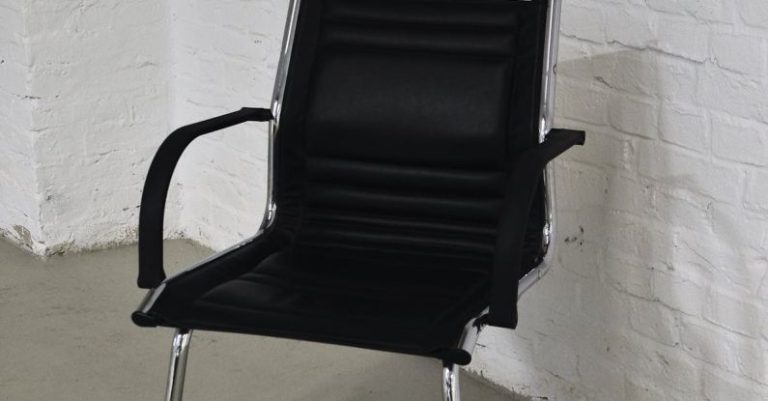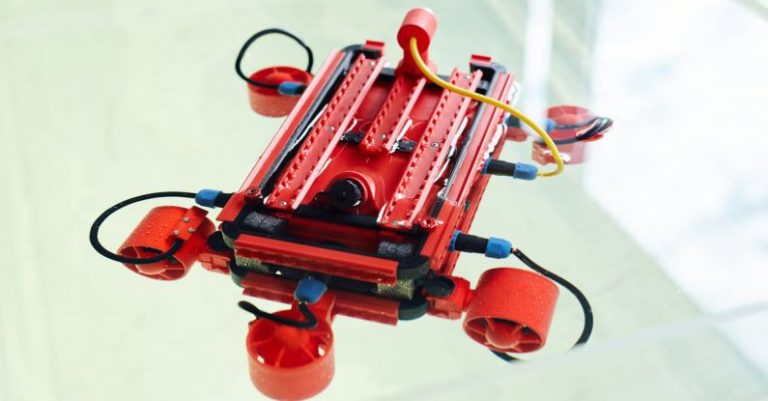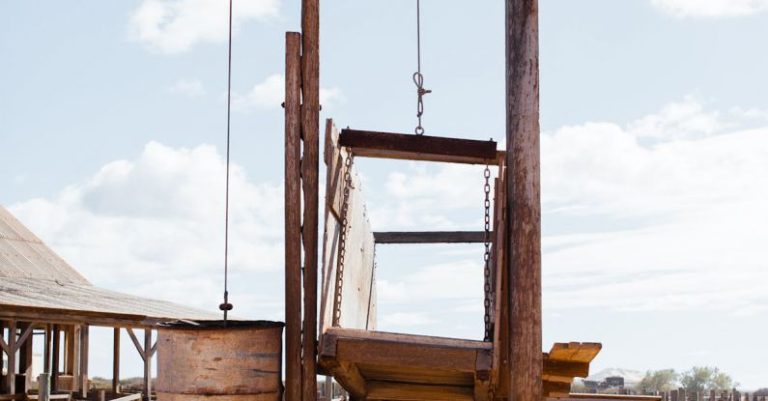Breathing New Life into Old Buildings with Composite Upgrades
Old buildings often carry a certain charm and character that newer structures simply cannot replicate. However, with age comes wear and tear, and many historic buildings are faced with the challenge of meeting modern standards of safety and efficiency. This is where composite upgrades come into play, offering a sustainable and effective solution to rejuvenate these architectural gems while preserving their unique heritage.
Preserving History, Enhancing Performance
Composite materials, such as fiber-reinforced polymers (FRPs), have revolutionized the way we approach building renovations. These advanced materials offer a lightweight, durable, and versatile alternative to traditional construction materials, making them ideal for upgrading the structural integrity of old buildings without compromising their historical significance.
Structural Strengthening: Reinforcing the Foundations
One of the key benefits of composite upgrades is their ability to strengthen the structural components of old buildings, such as beams, columns, and slabs. By applying FRP composites to these elements, engineers can increase their load-carrying capacity, improve resistance to seismic forces, and extend the overall lifespan of the structure. This not only enhances the safety and stability of the building but also reduces the need for costly maintenance and repairs in the long run.
Seismic Retrofitting: Protecting Against Earthquakes
Old buildings are particularly vulnerable to seismic events due to outdated construction practices and materials. Composite upgrades offer an effective solution for retrofitting historic structures to withstand earthquakes and other natural disasters. By strategically applying FRP composites to key structural elements, engineers can significantly enhance the building’s resistance to seismic forces, ensuring the safety of its occupants and preserving its architectural integrity.
Fire Protection: Enhancing Safety Measures
Fire safety is a critical concern for any building, especially older structures that may lack modern fire protection systems. Composite materials can be engineered to provide enhanced fire resistance, offering an added layer of protection against the spread of flames and smoke. By incorporating fire-retardant FRP composites into the building’s structure, owners can improve the overall safety of the property and comply with stringent fire safety regulations.
Energy Efficiency: Sustainable Solutions for the Future
In addition to structural enhancements, composite upgrades can also contribute to improving the energy efficiency of old buildings. By insulating walls, floors, and roofs with composite materials, owners can reduce heat loss, enhance thermal comfort, and lower energy consumption. This not only reduces the building’s carbon footprint but also results in significant cost savings on heating and cooling expenses.
Aesthetics and Design: Blending Tradition with Innovation
Composite materials offer a wide range of design possibilities, allowing architects and designers to seamlessly integrate modern upgrades into historic buildings without compromising their original aesthetics. Whether used for decorative purposes, such as cladding and facades, or structural elements, such as beams and trusses, composite materials can be customized to match the existing design language and preserve the building’s unique character.
Revitalizing Communities, Preserving Heritage
By breathing new life into old buildings with composite upgrades, we can revitalize historic neighborhoods, attract new businesses, and create vibrant cultural hubs that celebrate our shared heritage. These sustainable solutions not only benefit the building owners but also contribute to the greater good of the community by preserving our architectural legacy for future generations to enjoy.
In conclusion, composite upgrades offer a versatile and sustainable solution for rejuvenating old buildings while preserving their historical significance. From structural strengthening to seismic retrofitting, fire protection, energy efficiency, and aesthetic enhancements, composite materials provide a comprehensive approach to modernizing historic structures without compromising their unique charm and character. By embracing innovation and sustainability, we can ensure that our architectural heritage continues to inspire and delight for years to come.






